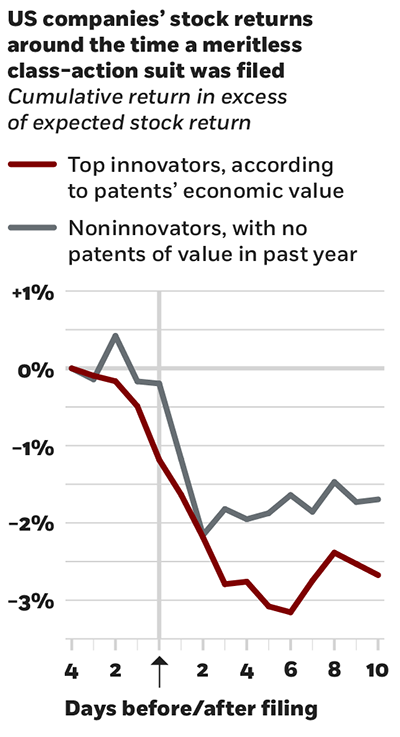
How to Redesign Police Training to Reduce the Use of Force
An experiment demonstrates that officers can learn to apply critical thinking in stressful situations, reducing the use of force and discretionary arrests.
How to Redesign Police Training to Reduce the Use of Force